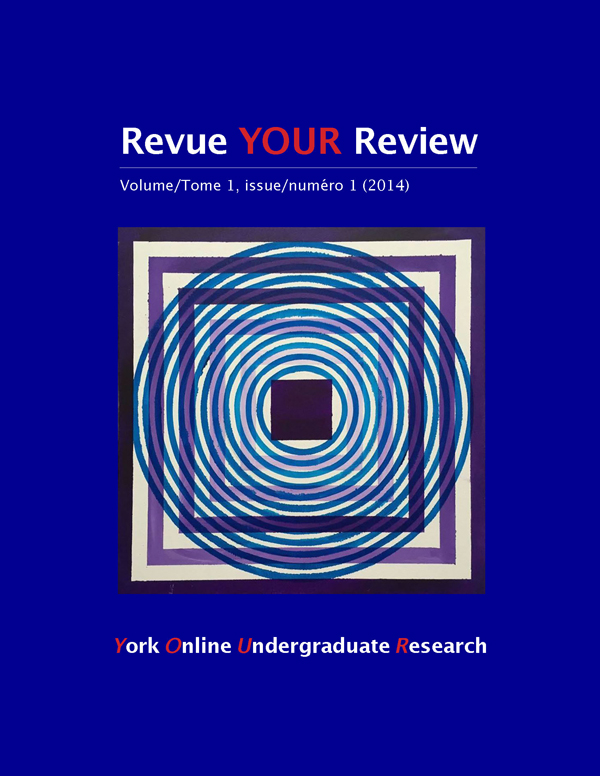A Lasting Riot: Controversy and Stravinsky’s Rite of Spring
Résumé
The Rite of Spring has consistently been depicted as an epoch-making piece of music and is often described as the most influential musical work of the twentieth century. No mention of the piece is complete without drawing attention to its scandalous premiere as a ballet in Paris on May 29, 1913, which ended in a riot. The work continues to be controversial in a variety of ways today. Academics disagree on several fronts: was the controversy surrounding the original performance due to the choreography rather than the music? How quickly did the audience response change from derision to congratulation? Does the Rite of Spring really break from the past or does it demonstrate significant continuity with other compositions? Does the work respect theories of composition and can it be analyzed theoretically? And, intriguingly, is Stravinsky’s Rite of Spring an amoral work that celebrates inhumanity? Answers to these questions are proposed, based on the analysis of reviews of the early performances, as well as on academic writing about the work over several decades. The questions are further related to a review of a performance of the work in Toronto (2012). While the Rite of Spring may have a lessened ability to shock modern audiences, its vitality and controversial nature remain as dramatic as ever.Téléchargements
Comment citer
Numéro
Rubrique
Licence
Les auteurs qui contribuent à la Revue YOUR Review acceptent de publier leurs articles selon une des trois catégories de la licence 4.0 : Creative Commons Attribution 4.0 International; Creative Commons Attribution-Pas d'Utilisation Commerciale 4.0 International; ou Creative Commons Attribution-Pas de Modification 4.0 International. Tout contenu éditorial de ce site ainsi que les affiches et les résumés sont sous la licence Creative Commons Attribution-Pas de Modification 4.0 International. Pour plus d’informations, veuillez voir :
https://creativecommons.org/licenses/
Dans tous les cas, les auteurs conservent leurs droits d’auteurs et concèdent à la Revue YOUR Review le droit de première publication. Les auteurs peuvent, par la suite, conclure d’autres accords de distribution non exclusifs de la version publiée dans ce périodique (par exemple, l’afficher à un dépôt institutionnel ou le publier dans un livre ou dans un autre périodique) à condition que la reconnaissance fasse mention de la publication originale dans la Revue YOUR Review.


